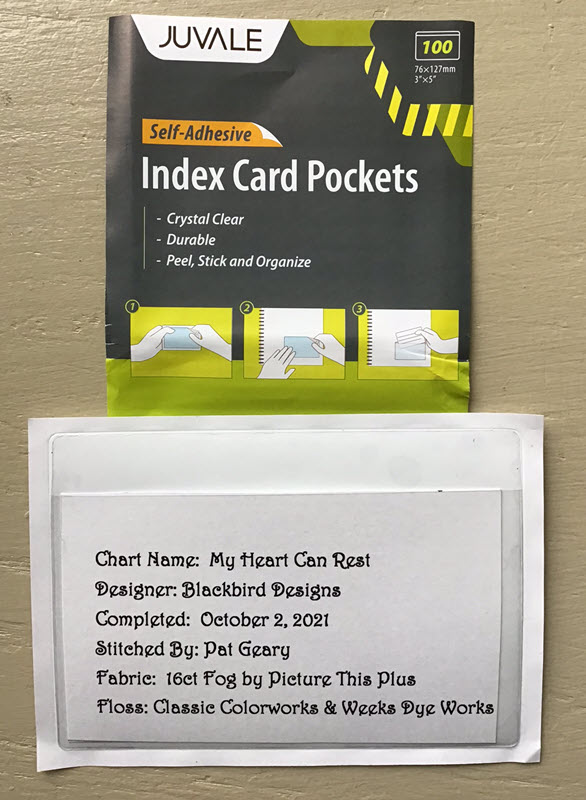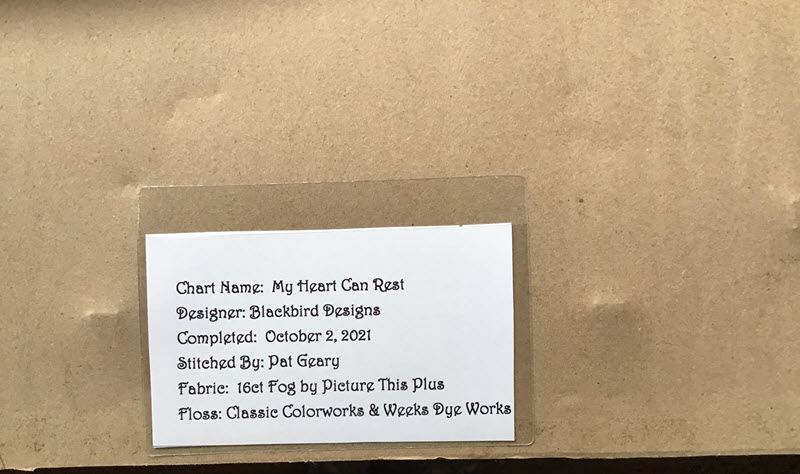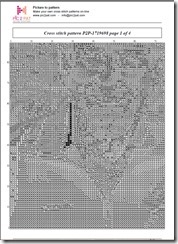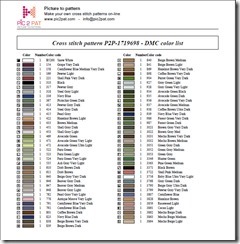The Colorado Cross Stitcher offered this article in her last newsletter. Some of them I have done and some I have not. She also shares some visuals of these on her FlossTube Channel linked below.
(182) Flosstube #39: Summer Camp, Projects, and Personalizing – YouTube
1. Add your name or initials and date.
2. Add a relative’s name, birthplace, dates. (This one I do quite often when stitching samplers or smalls.
3. Change the colors of some of the motifs to match your decor.
4. Replace motifs that you don’t care for with ones that you love.
5. Lighten or darken some (or all!) of the floss colors.
6. Change the called-for fabric to a different color. (This one I do most often as I don’t stitch on linen and I select lighter color fabrics.)
7. Stitch parts from patterns instead of thinking you need to stitch the whole thing.
8. Stitch multiple patterns from a series into one big piece.
9. Add names of cities you’ve lived in, pets you’ve had, friends that are special, addresses where you have lived, etc.
10. Stitch family initials (in sampler alphabets) in a different color. (Special thanks to Daleen from Sew Grateful for this tip, which I continue to use in my stitching!)





